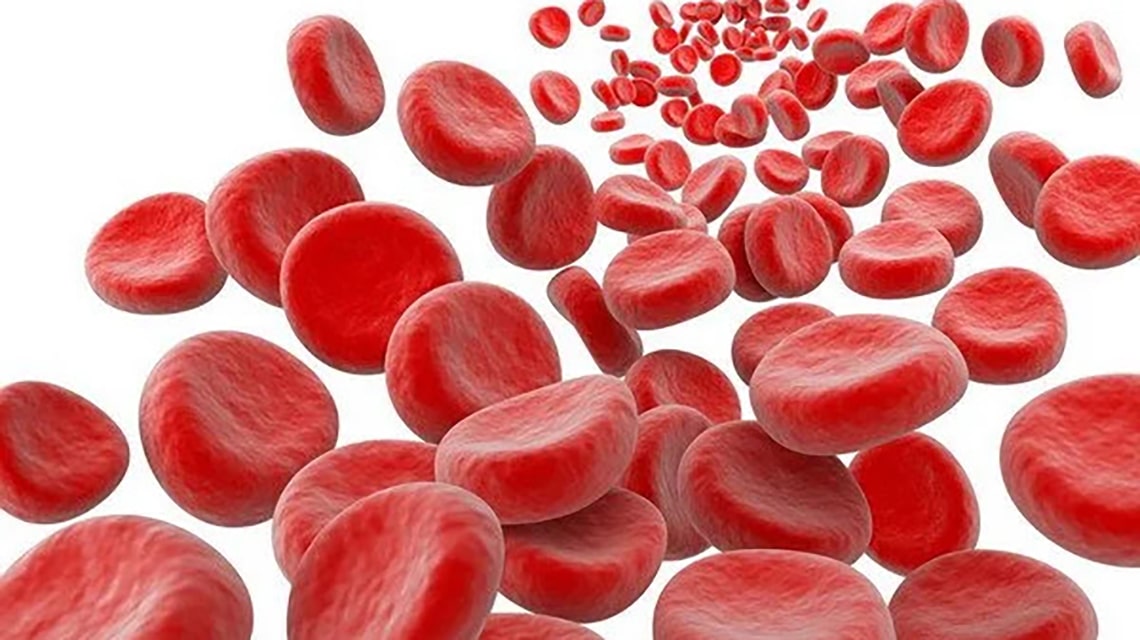
Platelet Rich Plasma (PRP) may help to improve the symptoms of or even cure many debilitating conditions involving the bones, joints, and other tissue types. Patients have enjoyed great success when receiving PRP therapy in place of surgery or other invasive procedures. This amazing therapy consists of the careful extraction of concentrated platelets and other regenerative cell types from your own blood. Platelet rich plasma has been used by physicians to treat various conditions involving:
• Muscle
A platelet rich plasma injection procedure is performed at the point of care. On the day of the procedure, the patient is made comfortable while the PRP is prepared. The injection site is aseptically cleansed and then locally anesthetized. Using a small gauge needle, the physician will introduce the PRP into the infected area under guided ultrasound or fluoroscopy. The injection procedure is usually completed in under 15 minutes. The physician will then provide post-procedure instructions, which will include avoiding NSAIDS (non-steroidal anti-inflammatory drugs). Other pain medications may be prescribed if necessary.
What To Expect
PRP provides concentrated growth factors and the other active healing mediators to the affected area. Once this occurs, a set of bioactive processes take place, causing active tissue repair. This process goes on for weeks after just one application. Patients generally begin to see improvement in pain and mobility after 4 to 6 weeks. The improvement will continue for up to 6 months. Most patients are satisfied with one PRP treatment, but it is common to have multiple PRP treatments for larger defects or complicated pathologies. Many patients are able to avoid surgery when using a platelet rich plasma treatment option.
#PRPinjectionprocedure #PRP #prptherapy #ApexBiologix #plateletrichplasmatreatment #PlateletRichPlasma #painmanagement
-3.jpg?width=693&height=225&name=Apex%20Logo%20(NEW%20-w-o%20gradient)-3.jpg)


